Follow 👆 the public account and reply 'python' to receive a zero-based tutorial! Source from the internet, delete if infringing1. Introduction to Python
[TutorialHow to receive at the end of the article!!]
1. Why Learn Python?
Before learning Python, don’t worry if you have no foundation or think you’re “slow.” I firmly believe that as long as you want to learn and put in the effort, you can master it and use Python to do many things. In this noisy era, many technologies or concepts will continue to emerge. I hope you can calm down and learn, not rush for quick success, and take one step at a time. When you master a certain technology, you can still accomplish some things, even find a job you like or complete practical projects.
There is no best programming language, only the most suitable one. As a beginner, I highly recommend you learn Python. Why? On one hand, it has clear syntax, friendly code, and high readability. At the same time, Python has powerful third-party libraries, including web scraping, data analysis, visualization, artificial intelligence, etc.; on the other hand, Python is both an interpreted programming language and an object-oriented language, highly operational and portable, widely used in data mining, information collection, artificial intelligence, network security, automation testing, and other fields. Even many elementary and high school courses and computer level 2 have gradually added Python.
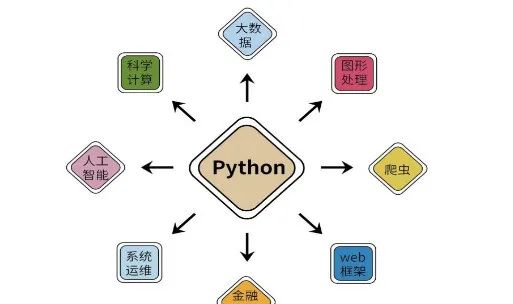
2. Advantages of Python
The greatest advantage of Python is its efficiency. Sometimes the efficiency of programmers or researchers is more important than that of machines. For many complex functions, using a clearer language can reduce the burden on the program, greatly enhancing its quality. Its ease of learning and extensibility also allows beginners to get started quickly. Although Python runs slower than C language at the bottom level, its clear structure frees up programmers’ time and makes it easy to integrate with other programming languages (like C language).
Therefore, no programming language can root itself in so many fields like Python. Python supports cross-platform operation, is open-source, and has powerful third-party libraries. Especially with the continued popularity of artificial intelligence, Python has ranked first in the most popular languages released by IEEE in recent years. More and more programming enthusiasts and technology followers are beginning to learn Python.
3. Python Learning Suggestions
During the process of learning Python, don’t feel that your foundation is weak or that you have never been exposed to it, and think about giving up. Many people choose to quit before they even start. I believe that as long as you calm down and work hard, you can learn well. During the learning process, you must write code, write code, and write code; only by truly practicing can you gradually accumulate.
At the same time, making mistakes during coding is common. If I don’t make a mistake while writing Python code every day, I feel anxious. So when you encounter errors, learning to use Baidu or Google to solve them is very important; it is also a way to improve your learning ability. If you really can’t find the error, you can ask questions in open-source forums, communities, or study groups.
Next, I will provide a growth roadmap for Python programmers recommended by senior teacher Xu Xiangwu, including: basic syntax -> language sense training -> project practice -> continue learning in specific directions -> intermediate programmer -> expand depth and breadth -> senior programmer.

Here, I will share my learning journey and tips for Python. I first came into contact with Python in 2013, mainly because my graduate direction was natural language processing, which required using Python to scrape data and analyze it. Back then, there was very little information about Python, and it wasn’t so popular, but I persisted. Specific suggestions are as follows:
-
First, install the environment and start writing your first Python code; don’t wait until tomorrow.
During the learning process, do not just watch videos (books), sipping milk tea; it’s a day wasted. You must get hands-on and type the code.
-
Usually, start by understanding the basic syntax of Python. I recommend the videos of Teacher Songtian from MOOC Beihang University and runoob syntax. Of course, there are many free resources available on Bilibili and CSDN for everyone to choose from.
-
Once you have a rough grasp of the basic syntax, you can try learning Python web scraping, as it involves data analysis, machine learning, penetration testing, etc. You need to have your own corpus to handle more problems. You don’t need to go too deep into web scraping; just master two techniques.
-
Urllib, Requests, BeautifulSoup, XPath, Selenium, Scrapy, distributed web scraping.
-
Next, learn Python visualization analysis (word clouds), WeChat operations, email sending, and other functions. These skills can effectively enhance your programming interest.
-
Artificial intelligence direction: including machine learning (regression | clustering | classification), deep learning (TensorFlow | Keras | Pytorch); it is recommended to conduct in-depth research in conjunction with practical research or projects.
-
Image recognition direction: including image processing, OpenCV, pattern recognition, machine learning, deep learning, and target detection; it is also recommended to conduct in-depth research in conjunction with practical research or projects.
-
Other directions to learn: web development, network security, automation testing, application programming.
There are no shortcuts on the learning path, only persistence. However, you can continuously enhance your learning interest through Python, do things you like, and fall in love with this language. Finally, I will share a motivational quote from when I was learning Python in my junior year:
-
If not now, when? If not me, who?
-
If not for myself, who else; if not now, when to strive?
About Python Technical Preparation
Learning Python well is great for employment or making money on the side, but you still need a learning plan. Finally, I will share a complete set of Python learning materials to help those who want to learn Python!
Basic Python Beginner Tutorial [Surprise benefits at the end of the article]
Chapter 1 Quick Start: Basic Knowledge
1.1 Interactive Interpreter
1.2 What is an Algorithm
1.3 Numbers and Expressions
1.4 Variables
1.5 Statements
1.6 Getting User Input
1.7 Functions
1.8 Modules
1.9 Saving and Executing Programs
1.10 Strings
Chapter 2 Lists and Tuples
2.1 Overview of Sequences
2.2 General Sequence Operations
2.3 Lists: The Backbone of Python
2.4 Tuples: Immutable Sequences
Chapter 3 Using Strings
3.1 Basic String Operations
3.2 Setting String Format: Simplified Version
3.3 Setting String Format: Complete Version
3.4 String Methods
3.5 Summary
Chapter 4 When Indexing Fails
4.1 The Use of Dictionaries
4.2 Creating and Using Dictionaries
Chapter 5 Conditions, Loops, and Other Statements
5.1 Discussing Print and Import Again
5.2 Assignment Magic
5.3 Code Blocks: The Joy of Indentation
5.4 Conditions and Conditional Statements
5.5 Loops
…
Chapter 6 Abstraction
6.2 Abstraction and Structure
6.3 Custom Functions
6.4 Parameter Magic
6.5 Scope…
Chapter 7 More on Abstraction
7.1 Object Magic
7.2 Classes
7.3 Thoughts on Object-Oriented Design
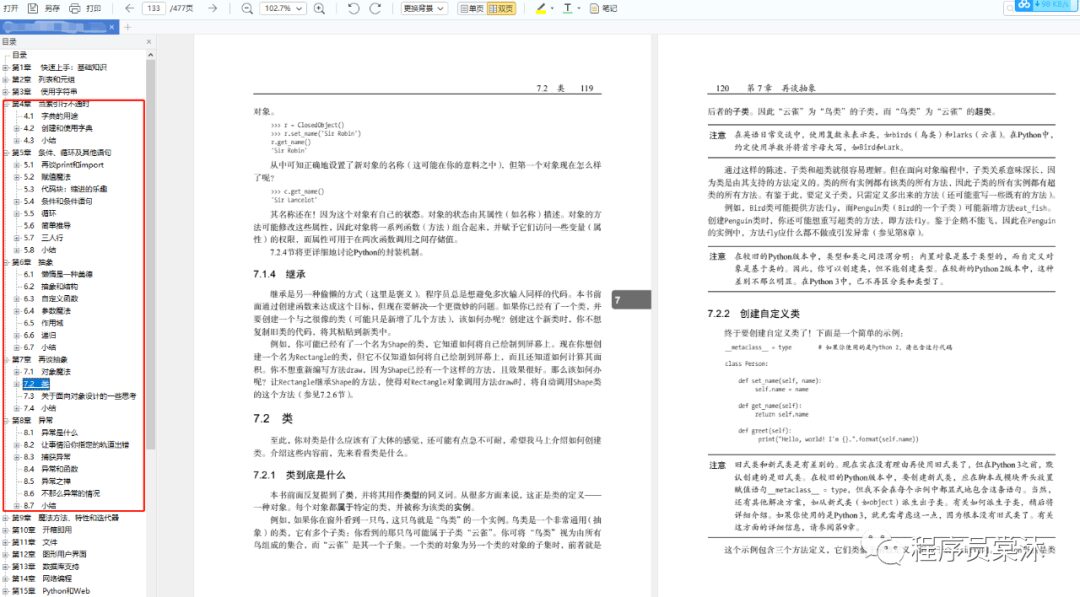
Chapter 8 Exceptions
8.1 What is an Exception
8.2 Making Things Fail on Your Specified Track
8.3 Catching Exceptions
8.4 Exceptions and Functions
…
Chapter 9 Magic Methods, Properties, and Iterators
9.1 If You’re Not Using Python 3
9.2 Constructors
9.3 Element Access
…
Chapter 10 Out-of-the-Box
10.1 Modules
10.2 Exploring Modules
10.3 Standard Library: Some Popular Modules
…
Chapter 11 Files
11.1 Opening Files
11.2 Basic Methods of Files
11.3 Iterating File Content
With the development of artificial intelligence, Python has even become the preferred language in the AI field. There are also common applications in data analysis, front-end development, machine learning, web scraping, etc., which can lead to any field.
Since Python is so good, what about the employment prospects?
First, there is a significant talent gap, with demand growth reaching 174%.

Moreover, Python positions also offer high specifications! The average monthly salary is over 15K+, and in first-tier cities like Beijing and Shanghai, it can reach over 20K+.

Believe it or not, Python is the present continuous tense
But as the saying goes, “To forge iron, one must be strong oneself.” Industry advantages are certainly important, but personal effort is the key to success; opportunities are always reserved for those who are prepared.

Sign up for a discount
Current price: 0 yuan
Original price: 99 yuan
Newcomer discount
Limited to 100 copies
Learn from Famous Teachers
100% success rate
Enhance Your Value
Get a free trial lesson from famous teachers
One-on-one online tutoring
Professional experts provide careful answers
Acquire additional skills
More security against risks
Come and claim it!!
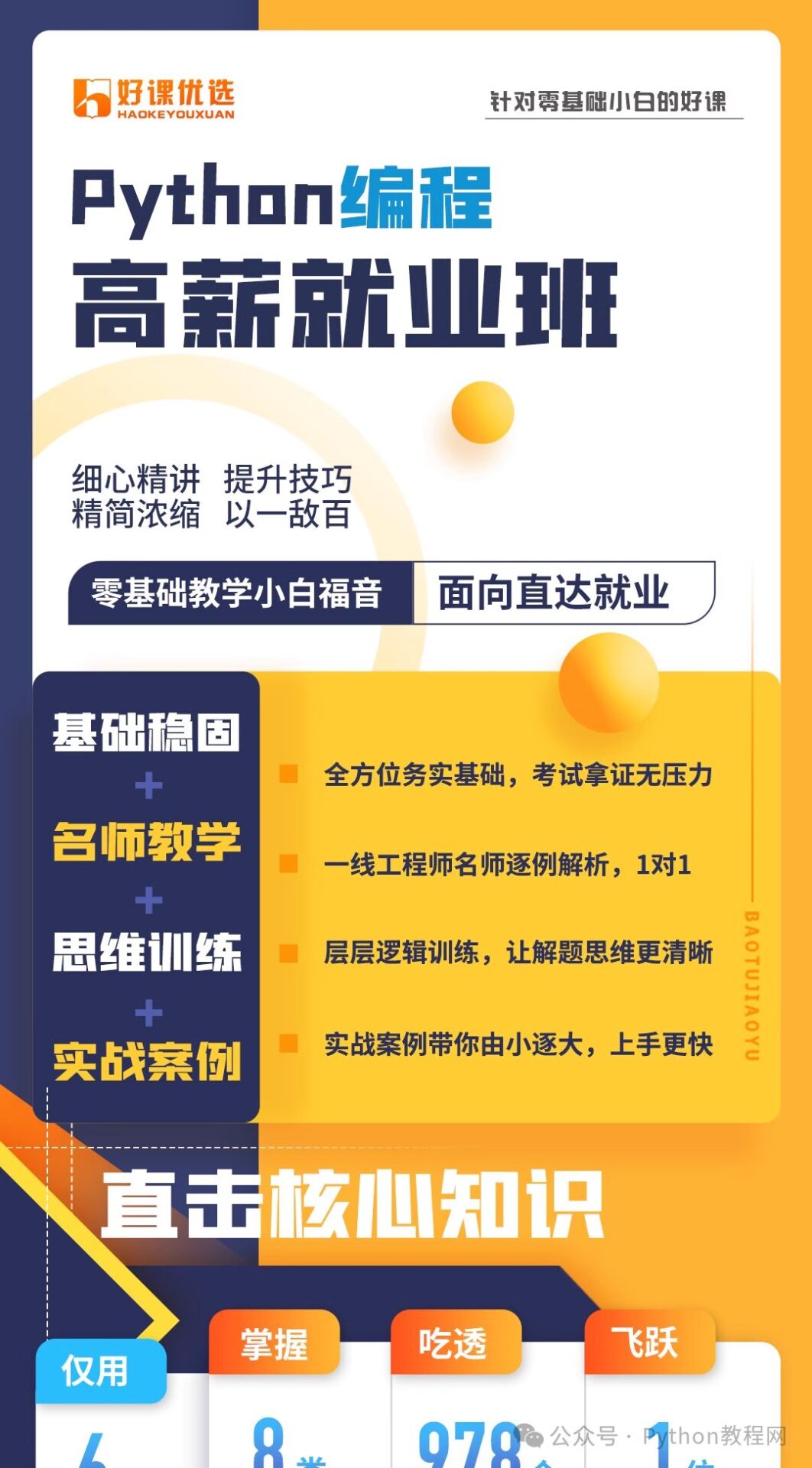
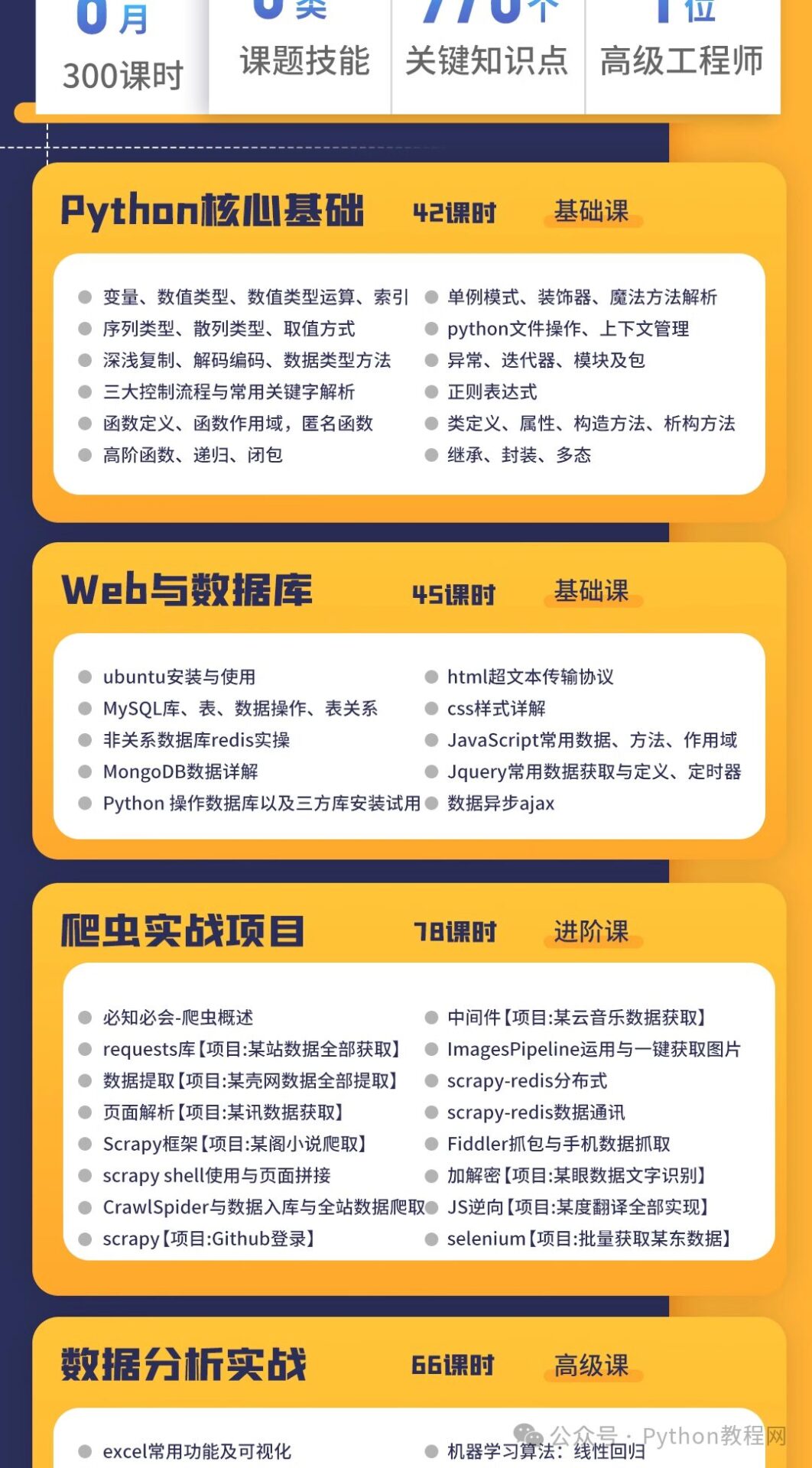
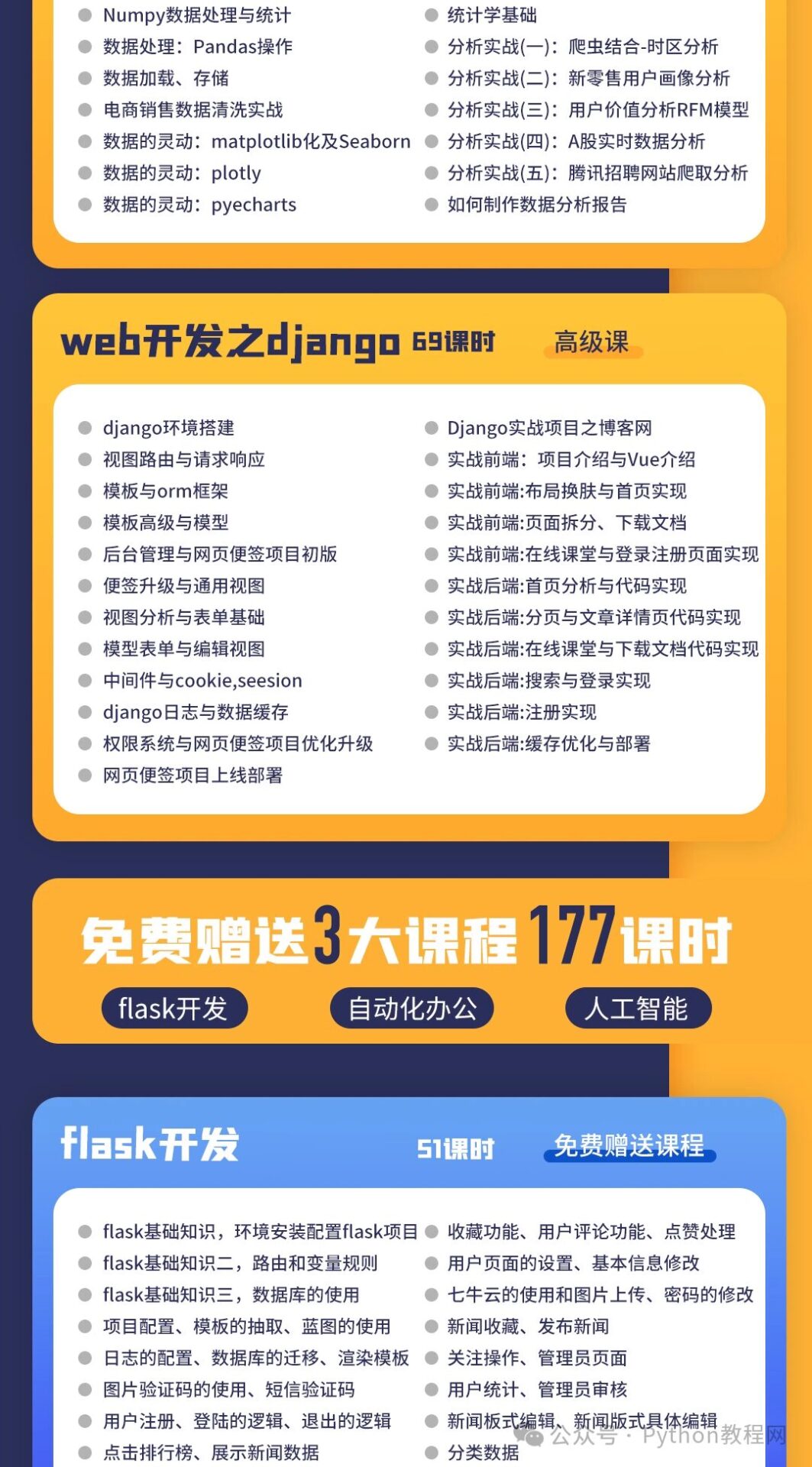
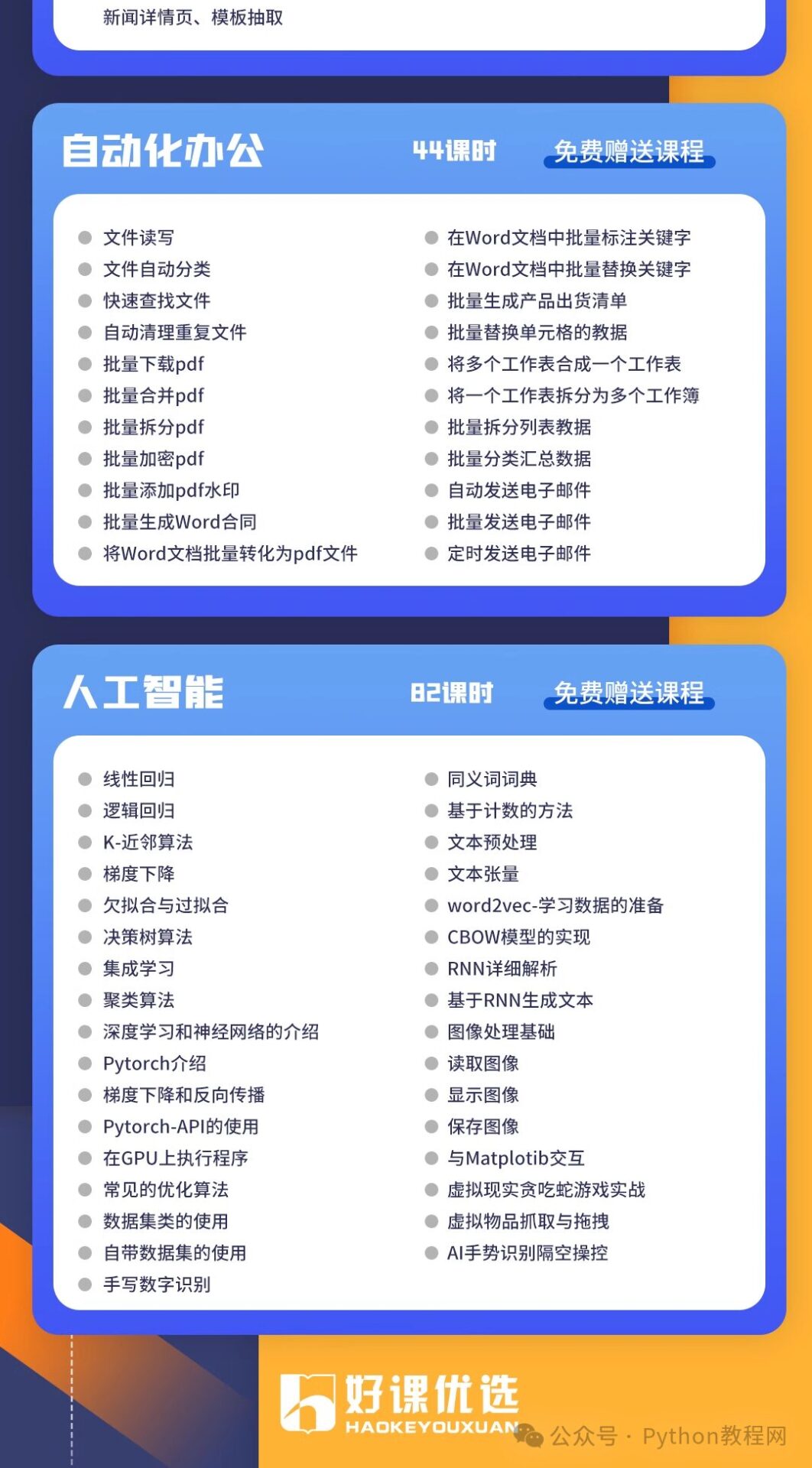
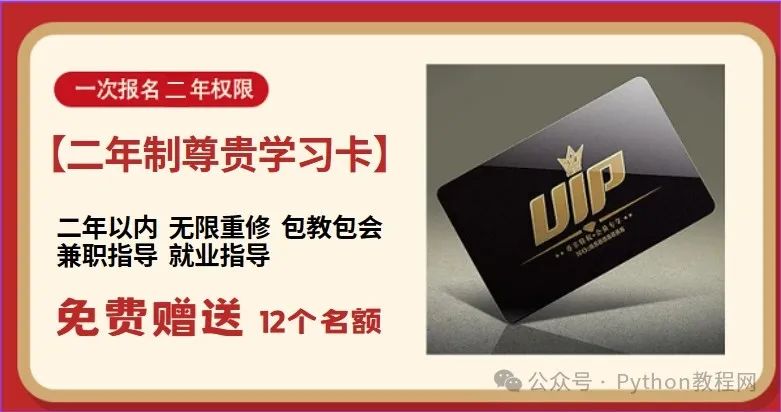
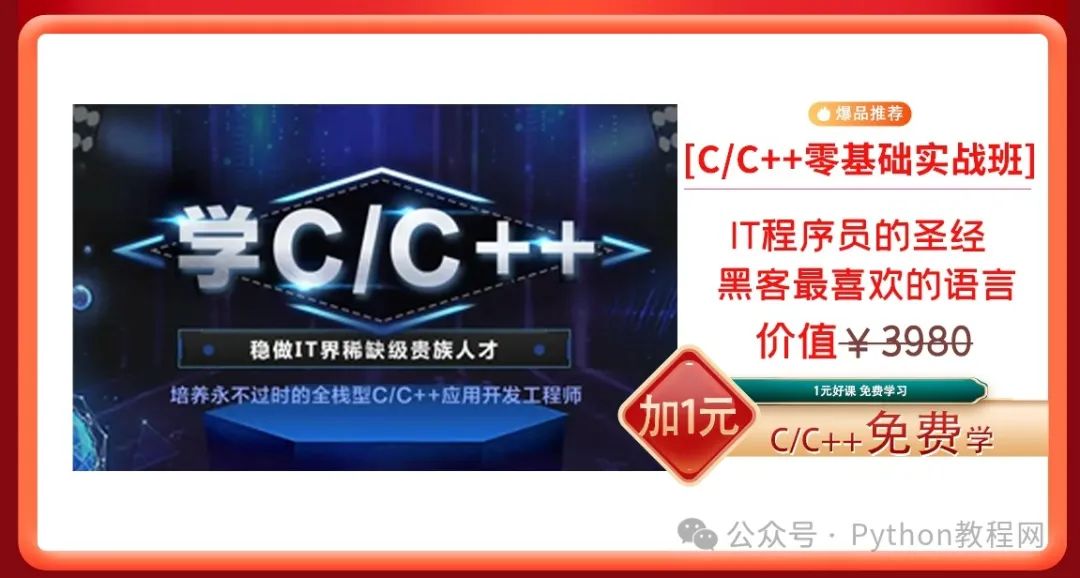
According to students’ learning progress, arrange corresponding Python training camps. Spending eight hours a week learning Python with me can help enhance your skills.
-
Like + View Again
-
Reply in the public account:“python”
Receive the latest 2025 Python zero-based learning materials,Reply in the backend:Python